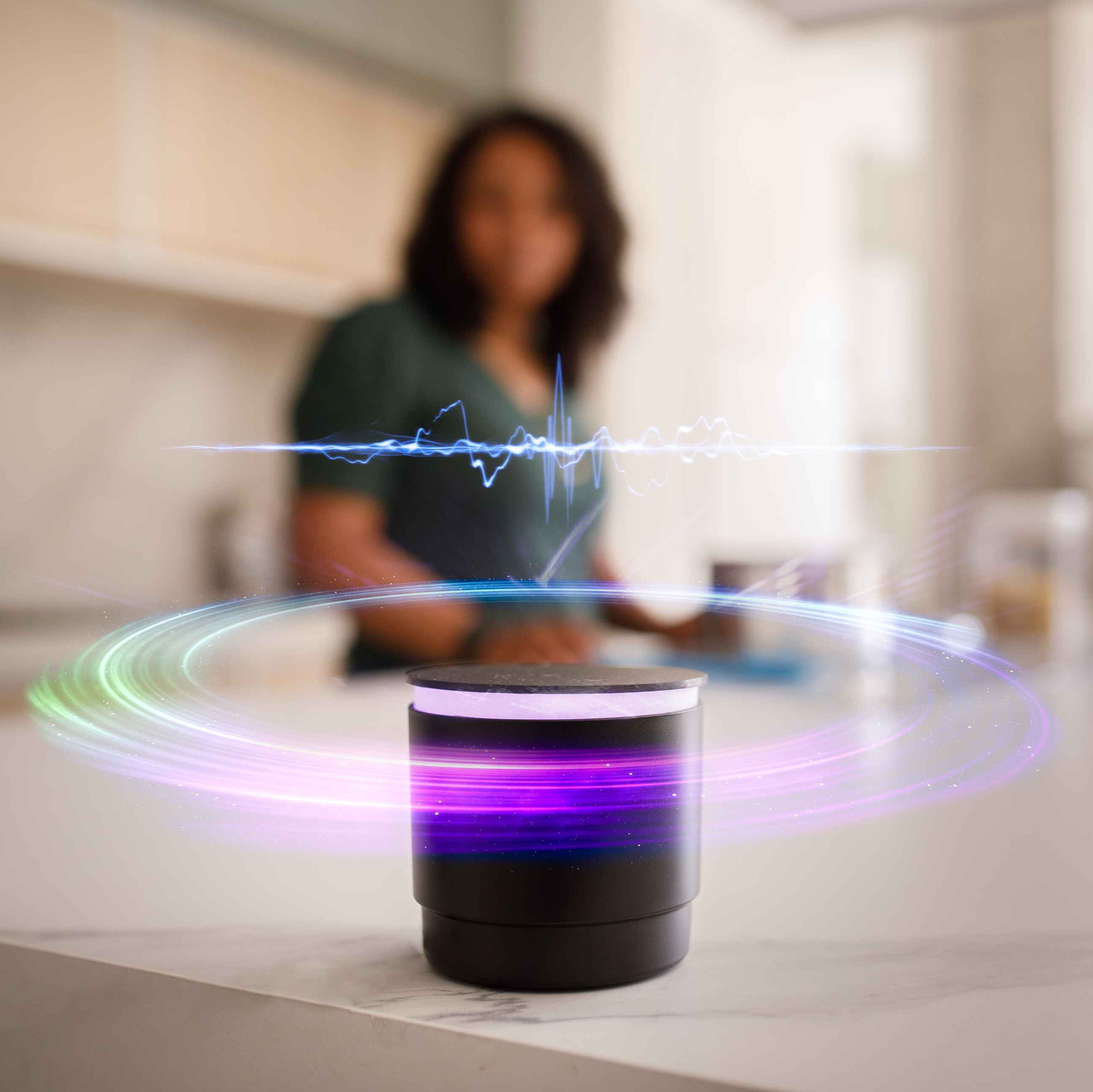
Voice shopping reveals what your data hides
Voice commerce is growing fast but data gaps still hold retailers back. Learn how to fix your foundation and build trust with connected systems.

Voice commerce is growing fast but data gaps still hold retailers back. Learn how to fix your foundation and build trust with connected systems.
Voice commerce has reached its turning point.
In 2023, the global voice shopping market was valued at US $42.75 billion, and it is forecast to reach US $186 billion by 2030, growing at around 24% each year.
By the end of 2024, more than 8.4 billion digital voice assistants were active worldwide.
Despite this, many retailers still treat voice as an experiment.
The challenge is not the technology.
The real barrier is measurement and mindset.
Brands that weave voice into their wider digital strategy see measurable returns.
Those that treat it as a novelty see engagement fade within weeks.
When a customer asks a voice assistant about product availability, the system pulls from your data layer in real time.
If pricing differs between systems, the response becomes confusing. If stock levels aren't synchronised, you promise items you can't deliver. If naming conventions vary across databases, the assistant can't find what the customer wants.
These inconsistencies exist across all your channels. Voice just makes them impossible to ignore.
Only 3.8% of businesses currently offer correct information in voice searches.
That statistic reveals the scope of the data connectivity problem.
The first step in voice commerce is not building a skill or app.
It is understanding where your product, customer and inventory data live and how they move between systems.
This mapping process reveals ownership and rules:
Voice experiences depend on accuracy in real time.
Some retailers can fix gaps in weeks by aligning product information. Others, particularly with legacy systems, need months to build a unified data layer.
The goal is not perfection. It is a reliable, connected foundation that ensures every voice interaction draws from trusted information.
You do not need to overhaul everything before you start.
Early experiments often failed because they started with the interface, not the infrastructure. Is anyone listening to voice commerce explores the lessons from those early tests before the market reset.
Choose a single use case where your data is already consistent.
Examples include:
This focused pilot helps you test voice flow, intent recognition and backend logic without risking the full catalogue.
Voice UX testing in this controlled environment reveals what works before you scale.
The goal is learning how customers interact and where friction appears.
Then expand gradually once the data and logic prove reliable.
From day one:
Even small pilots generate insights that reveal whether voice reduces effort or adds it.
Most shoppers do not use voice just for repeat orders.
They ask open questions such as:
This turns voice from a transaction tool into a discovery channel.
Recommendation intelligence for voice requires more than product data. It needs logic that can detect question type, use customer context and generate shortlists ranked for relevance, availability, margin and variety.
Keep responses conversational. Offer two or three choices and add natural prompts such as Would you like something bolder or lighter.
Progressive disclosure keeps dialogue natural by revealing details only when asked.
Conversion rate only tells part of the story. Voice commerce analytics require a different approach.
Together these indicators reveal whether voice feels intuitive or mechanical.
Test and tune continuously. Measure acceptance, add-to-basket rates, and reformulation patterns. Iterate copy, ranking features, and follow-up prompts until recommendations feel helpful, human, and contextual.
In 12 to 18 months, customers will expect to start a task by voice and finish it on another channel without losing context.
Building that omnichannel data continuity requires unified session data, consent management, and cross-channel design.
You don't need a full orchestration layer (the central system that coordinates interactions across all your channels) from day one.
But structure your data, APIs, and customer identity consistently across channels so the groundwork for continuity already exists.
When it's time to link voice with web, app, or in-store experiences, the heavy lifting will already be done.
Over-engineering too early stalls progress. Flexible foundations make scaling smoother later.
Run a quick audit of your data rather than your tools.
Map where customer, product and inventory information lives and how connected it is.
This assessment shows whether you can deliver a smooth voice experience today or if groundwork is needed first.
Voice success is not about speed. It is about launching on a clean, connected foundation that builds trust from the first interaction.
Voice shopping is evolving quickly, and data quality determines who wins.
Before you move on, here are the most important insights for retailers building a voice commerce strategy.
Want the full story on how voice commerce reached this turning point? Go back to Is anyone listening to voice commerce for the state-of-play analysis before diving into your next pilot.
Before starting a voice commerce project, it helps to understand how data, design and measurement connect.
These quick answers cover the questions most retailers ask when planning voice-led shopping experiences.
Voice is becoming a key discovery tool as consumers use assistants across multiple devices. Retailers that focus on data accuracy and consistency can build trust early and convert discovery into sales.
Most failures happen when systems are disconnected. Inconsistent pricing, stock or categorisation make responses unreliable and break customer confidence.
Run a small pilot using one clean dataset. Test recognition accuracy, backend logic and customer satisfaction before expanding to the full catalogue.
Reformulation, interruption, engagement depth and task completion reveal how well voice interactions meet intent and reduce friction.
To create a seamless multi-channel experience where customers can start by voice and continue on web, app or in-store without losing context.
You may also like